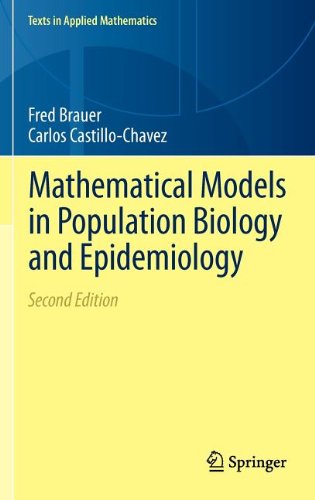

Most ebook files are in PDF format, so you can easily read them using various software such as Foxit Reader or directly on the Google Chrome browser.
Some ebook files are released by publishers in other formats such as .awz, .mobi, .epub, .fb2, etc. You may need to install specific software to read these formats on mobile/PC, such as Calibre.
Please read the tutorial at this link: https://ebookbell.com/faq
We offer FREE conversion to the popular formats you request; however, this may take some time. Therefore, right after payment, please email us, and we will try to provide the service as quickly as possible.
For some exceptional file formats or broken links (if any), please refrain from opening any disputes. Instead, email us first, and we will try to assist within a maximum of 6 hours.
EbookBell Team

4.3
98 reviewsThis textbook provides an introduction to the field of mathematical biology through the integration of classical applications in ecology with more recent applications to epidemiology, particularly in the context of spread of infectious diseases. It integrates modeling, mathematics, and applications in a semi-rigorous way, stating theoretical results and giving references but not necessarily giving detailed proofs, providing a solid introduction to the field to undergraduates (junior and senior level), graduate students in applied mathematics, ecology, epidemiology or evolutionary biology, sustainability scientists, and to researchers who must routinely read the practical and theoretical results that come from modeling in ecology and epidemiology.
This new edition has been updated throughout. In particular the chapters on epidemiology have been updated and extended considerably, and there is a new chapter on spatially structured populations that incorporates dispersal. The number of problems has been increased and the number of projects has more than doubled, in particular those stressing connections to data. In addition some examples, exercises, and projects include use of Maple and Matlab.
Review of first edition:
"A strength of the book is the large number of biologically-motivated problem sets. These and the references to the original biological papers would be valuable resources for an instructor." (UK Nonlinear News, 2001)